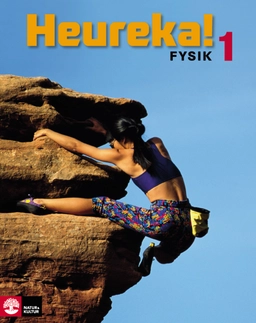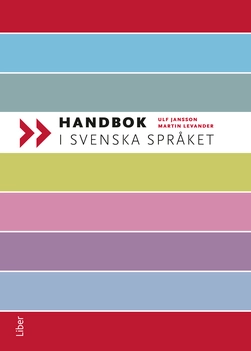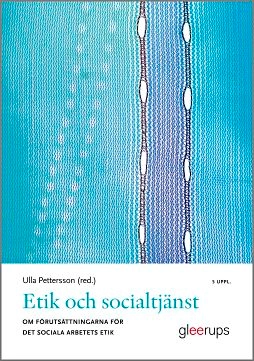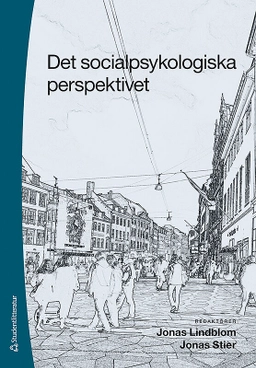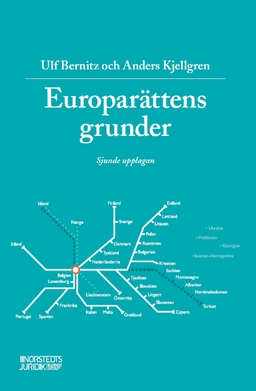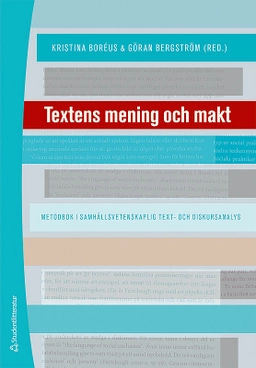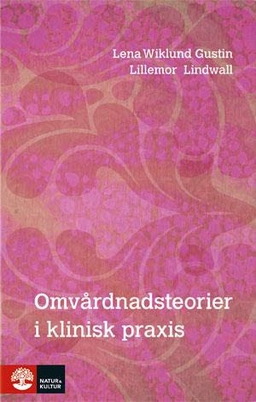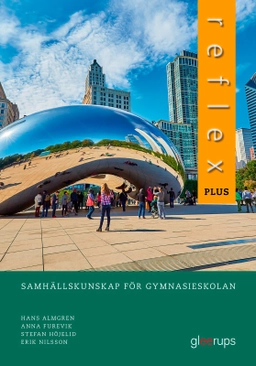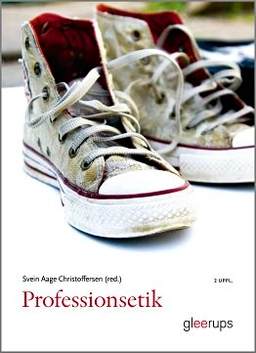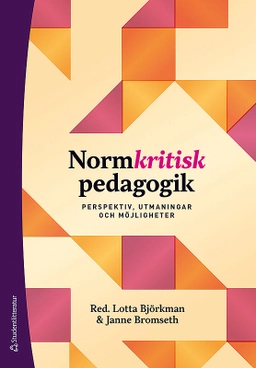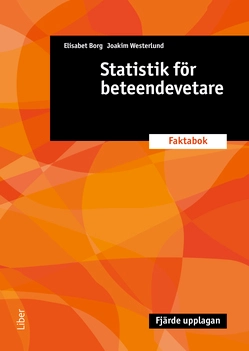As cities have gentrified, educated urbanites have come to prize what they regard as "authentic" urban life: aging buildings, art galleries, small boutiques, upscale food markets, neighborhood old-timers, funky ethnic restaurants, and old, family-owned shops. These signify a place's authenticity, in contrast to the bland standardization of the suburbs and exurbs.
But as Sharon Zukin shows in Naked City, the rapid and pervasive demand for authenticityevident in escalating real estate prices, expensive stores, and closely monitored urban streetscapeshas helped drive out the very people who first lent a neighborhood its authentic aura: immigrants, the working class, and artists. Zukin traces this economic and social evolution in six archetypal New York areasWilliamsburg, Harlem, the East Village, Union Square, Red Hook, and the
city's community gardensand travels to both the city's first IKEA store and the World Trade Center site. She shows that for followers of Jane Jacobs, this transformation is a perversion of what was supposed to happen. Indeed, Naked City is a sobering update of Jacobs' legendary 1962 book, The Death and Life of
Great American Cities. Like Jacobs, Zukin looks at what gives neighborhoods a sense of place, but argues that over time, the emphasis on neighborhood distinctiveness has become a tool of economic elites to drive up real estate values and effectively force out the neighborhood "characters" that Jacobs so evocatively idealized.
With a journalist's eye and the understanding of a longtime critic and observer, Zukin's panoramic survey of contemporary New York explains how our desire to consume authentic experience has become a central force in making cities more exclusive.
Åtkomstkoder och digitalt tilläggsmaterial garanteras inte med begagnade böcker


